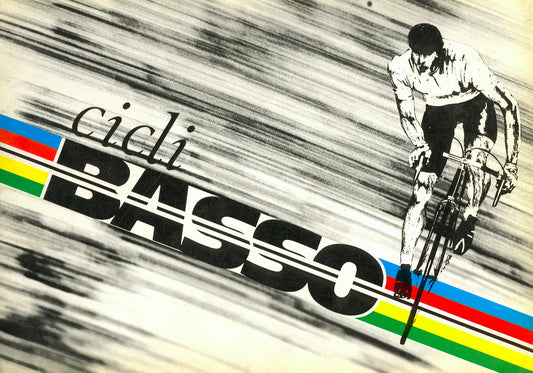Lance Armstrong's name is synonymous with both the pinnacle of professional cycling success and one of the most high-profile controversies in sports history. However, beyond the headlines and the doping scandal, Armstrong's story is one of profound transformation and an ongoing quest for redemption.
From the Thrill of the Chase to the Quiet of Philanthropy
Armstrong's competitive spirit once propelled him to seven Tour de France victories, a feat that, despite being officially annulled, remains unparalleled in the public consciousness. Reflecting on his career, Armstrong shared a surprising insight: "I never really got a big rush out of winning the Tour de France...what I got a rush out of was trying to win the Tour de France." This revelation underscores a fundamental aspect of Armstrong's character—the thrill lies in the pursuit, not merely the attainment of glory.
Transitioning from the adrenaline-fueled world of professional cycling to the quieter, but no less competitive, arena of venture philanthropy, Armstrong found a new outlet for his relentless drive. Through his venture fund, Next Ventures, he focuses on health and wellness startups, leveraging his visibility and experience to make a positive impact. "We invest across the spectrum of health and wellness and healthcare," Armstrong stated, signaling his commitment to fostering innovation in areas close to his personal and professional heart.
Facing Adversity with Resilience and Reflection
The journey from celebrated athlete to a figure mired in controversy was tumultuous for Armstrong. Yet, it was through this crucible of public scrutiny that he gleaned crucial insights into resilience and personal growth. "I've managed to land on my feet...I'm going to live with it and roll with it and be happy," Armstrong remarked, encapsulating his approach to navigating the aftermath of the scandal. This perspective reveals a man determined to look forward, not back, and to find meaning beyond the medals and accolades.
Armstrong's reflections on his battle with cancer, the passage of time, and the impermanence of success add layers to our understanding of his evolution. "Talking about this...I've been just sort of thinking about time and the passage of time," he mused, contemplating the swift flow of years since his diagnosis and victories. These moments of introspection are crucial to understanding Armstrong not just as an athlete, but as a human being grappling with the same existential questions that confront us all.

